The NVIDIA GeForce RTX 4070 and 4060 Ti (8GB) are the most recent additions to NVIDIAs consumer family of GPUs on their Ada Lovelace Architecture. How do they compare for content creation against their previous generation counterparts?
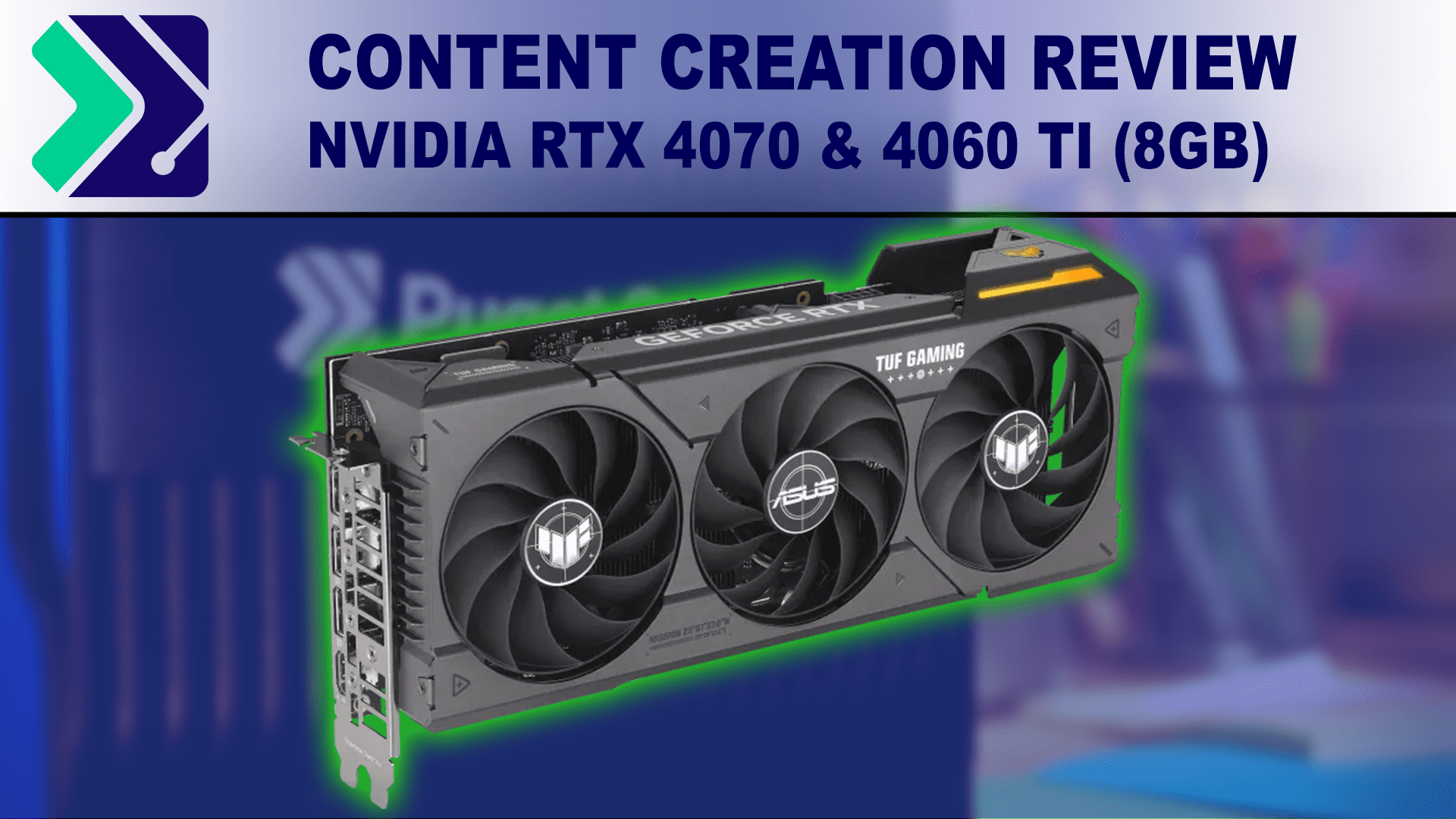

The NVIDIA GeForce RTX 4070 and 4060 Ti (8GB) are the most recent additions to NVIDIAs consumer family of GPUs on their Ada Lovelace Architecture. How do they compare for content creation against their previous generation counterparts?
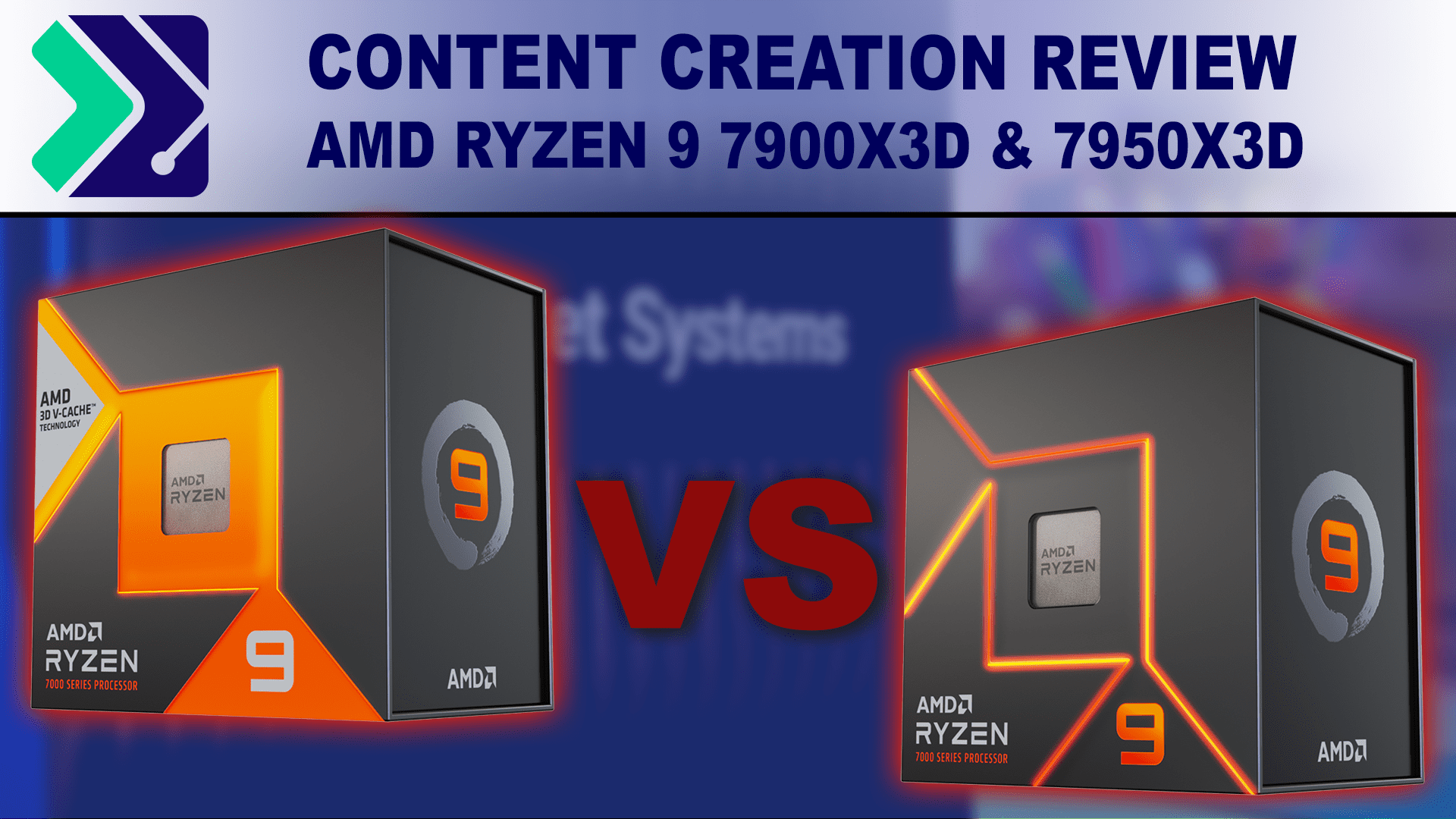
AMD’s Ryzen X3D processors promise incredible performance for gamers and creators. But does the additional cache increase performance for content creation?
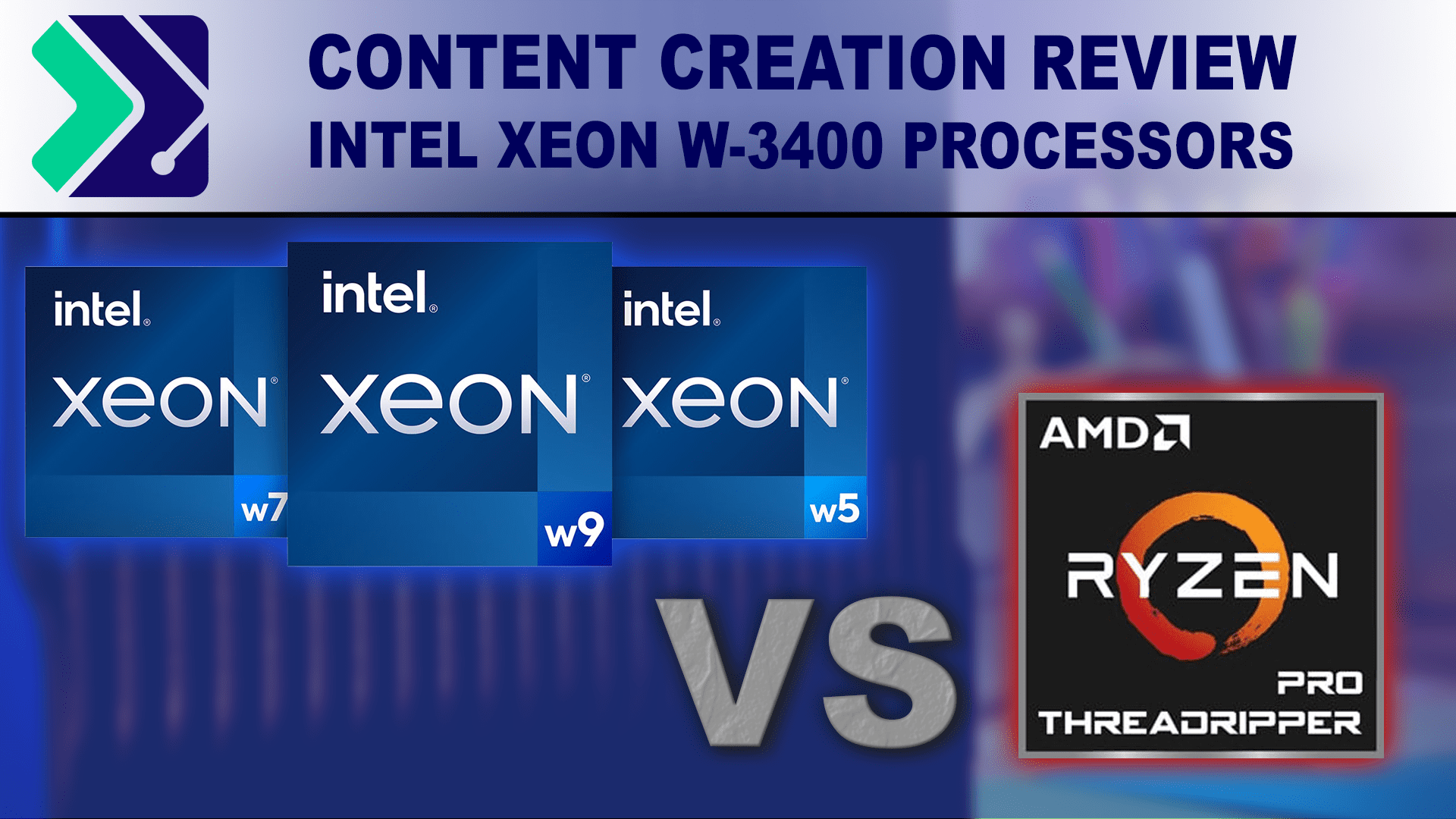
Intel has released its latest Xeon W-3400 processors, featuring up to 56 cores and eight channel DDR5 memory. Are these new processor enough for Intel to take the performance crown from AMD for content creation?
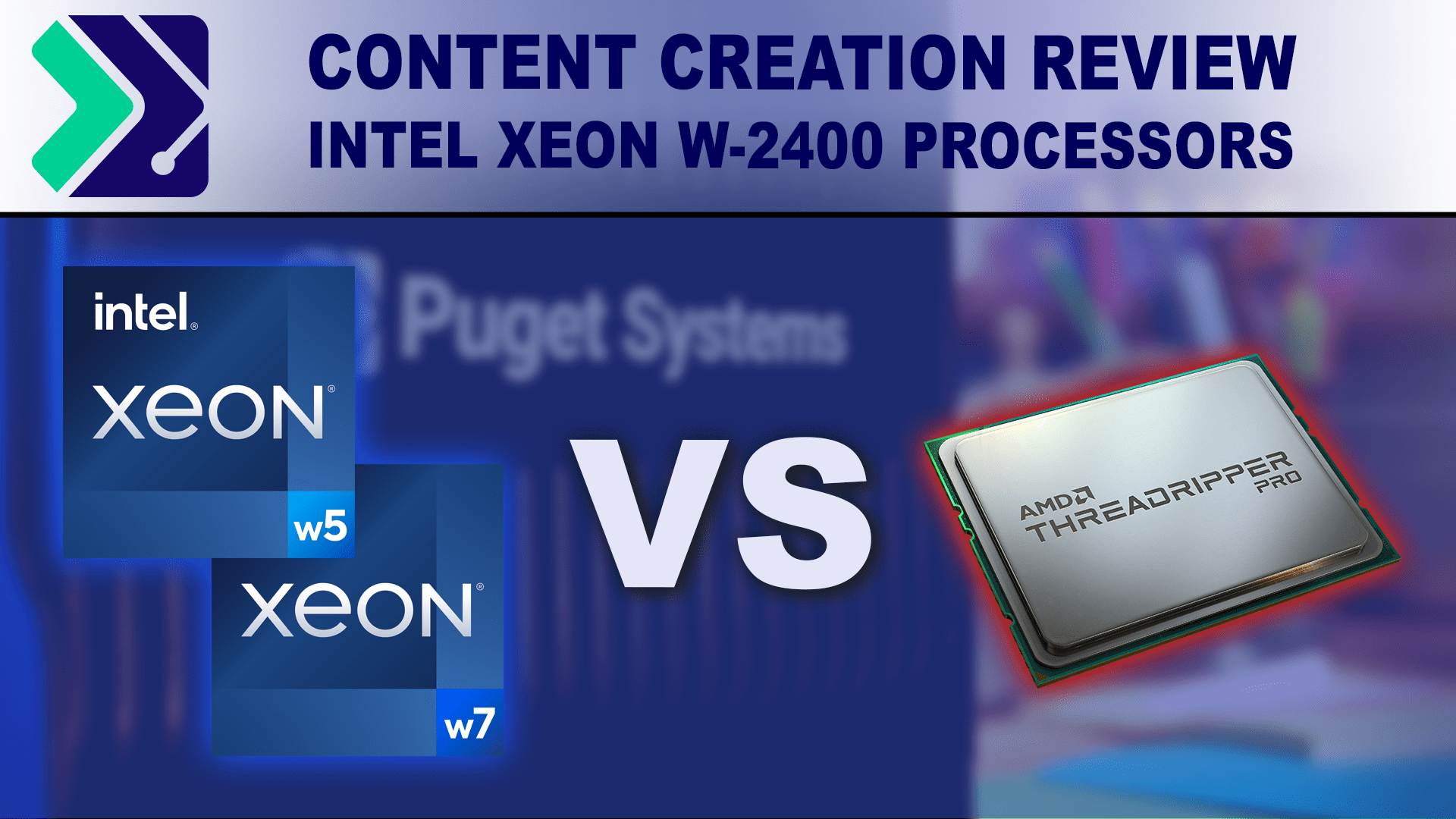
Intel has released its latest Xeon W-2400 processors, featuring up to 24 cores and quad channel DDR5 memory. Although the W-2400 is not as powerful as Intel’s W-3400 line, it is expected to compete well with AMD’s lower core count Threadripper Pro processors for several content creation workflows.
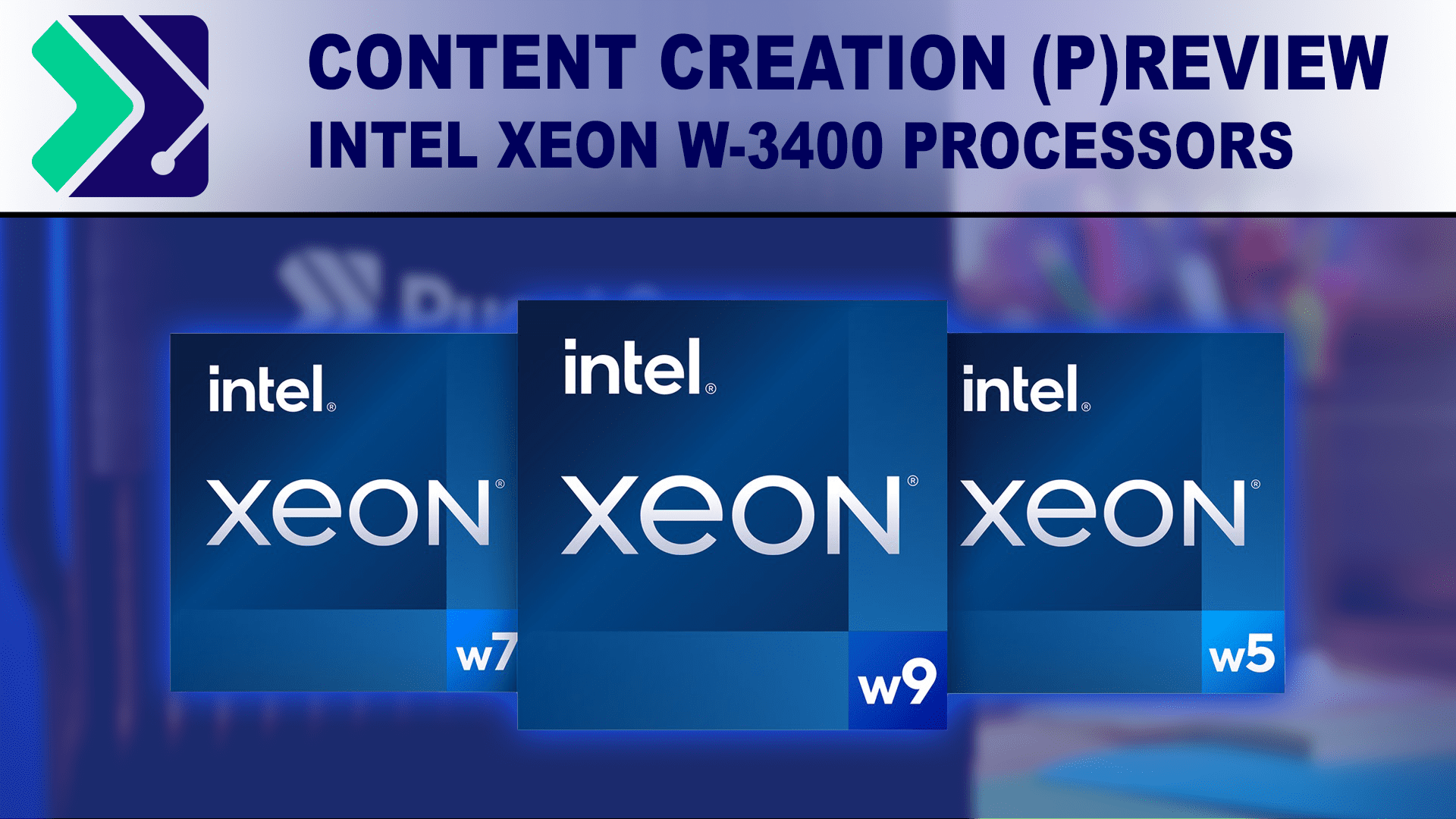
Intel has announced their latest Xeon processor families, including the W-2400 and W-3400 lines. While there is still several months to go before the sales embargo, we are able to give a preview of how these processors perform in various content creation applications.
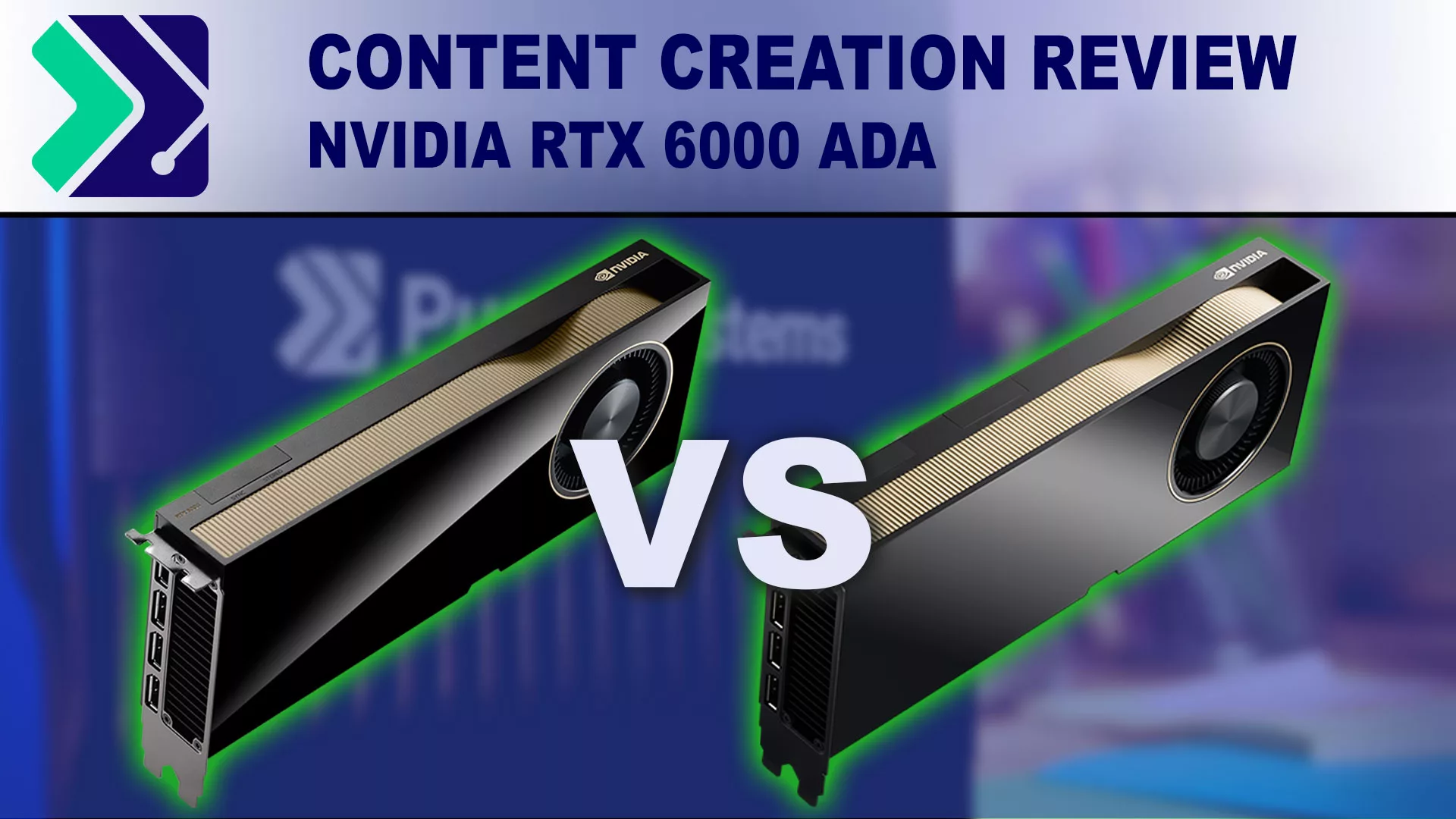
The NVIDIA RTX 6000 Ada is the latest addition to the NVIDIA’s professional family of GPUs. With cutting-edge hardware and the latest Ada Lovelace architecture and 48GB of VRAM, this GPU should be terrific for a wide range of content creation workflows.
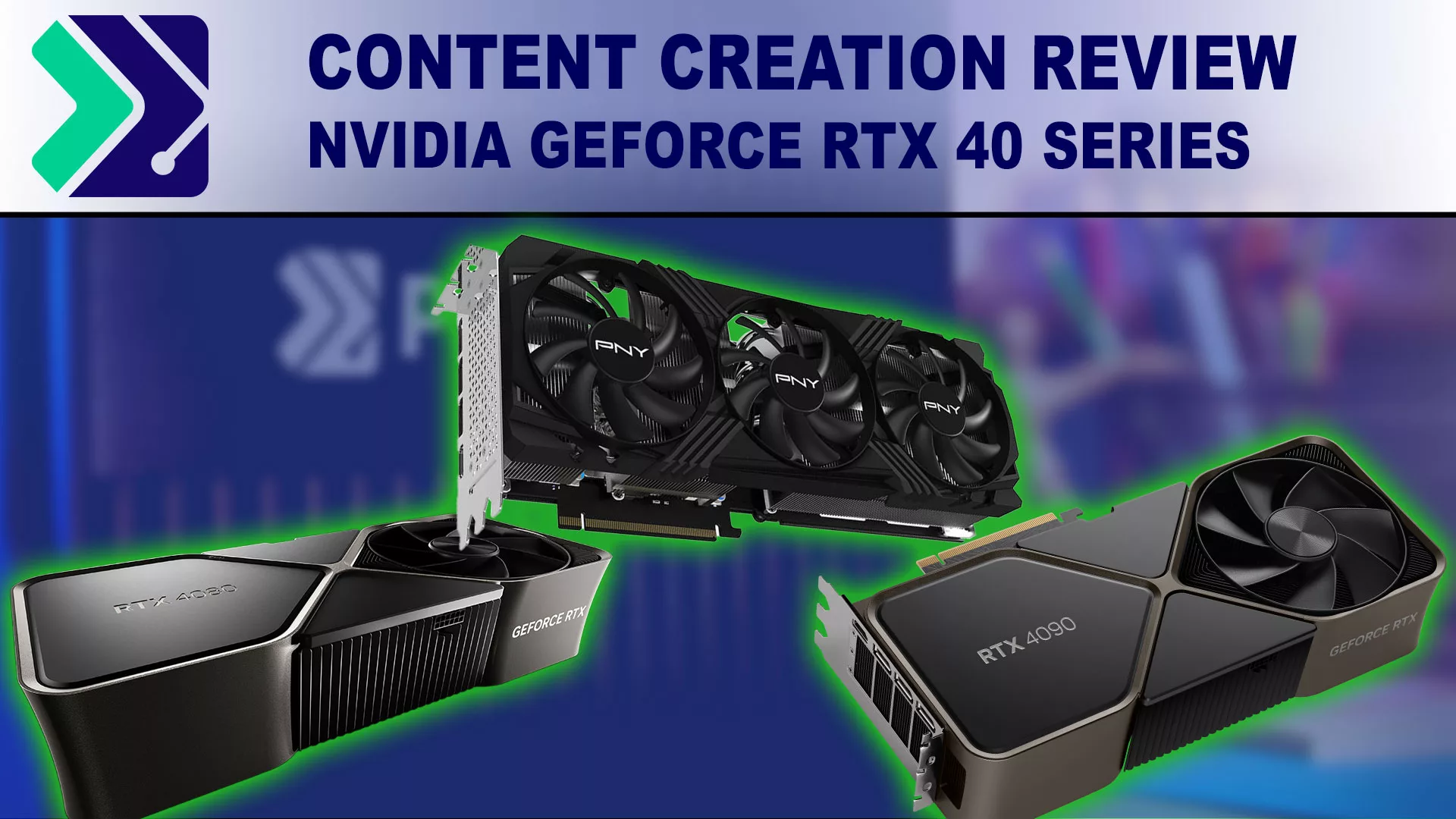
With the RTX 4070 Ti joining the RTX 4080 and 4090, NVIDIA has now completed the launch of the initial trio of their GeForce RTX 40 series of GPUs. How do these cards compare for various content creation workflows versus the previous generation RTX cards, and their competition from AMD?
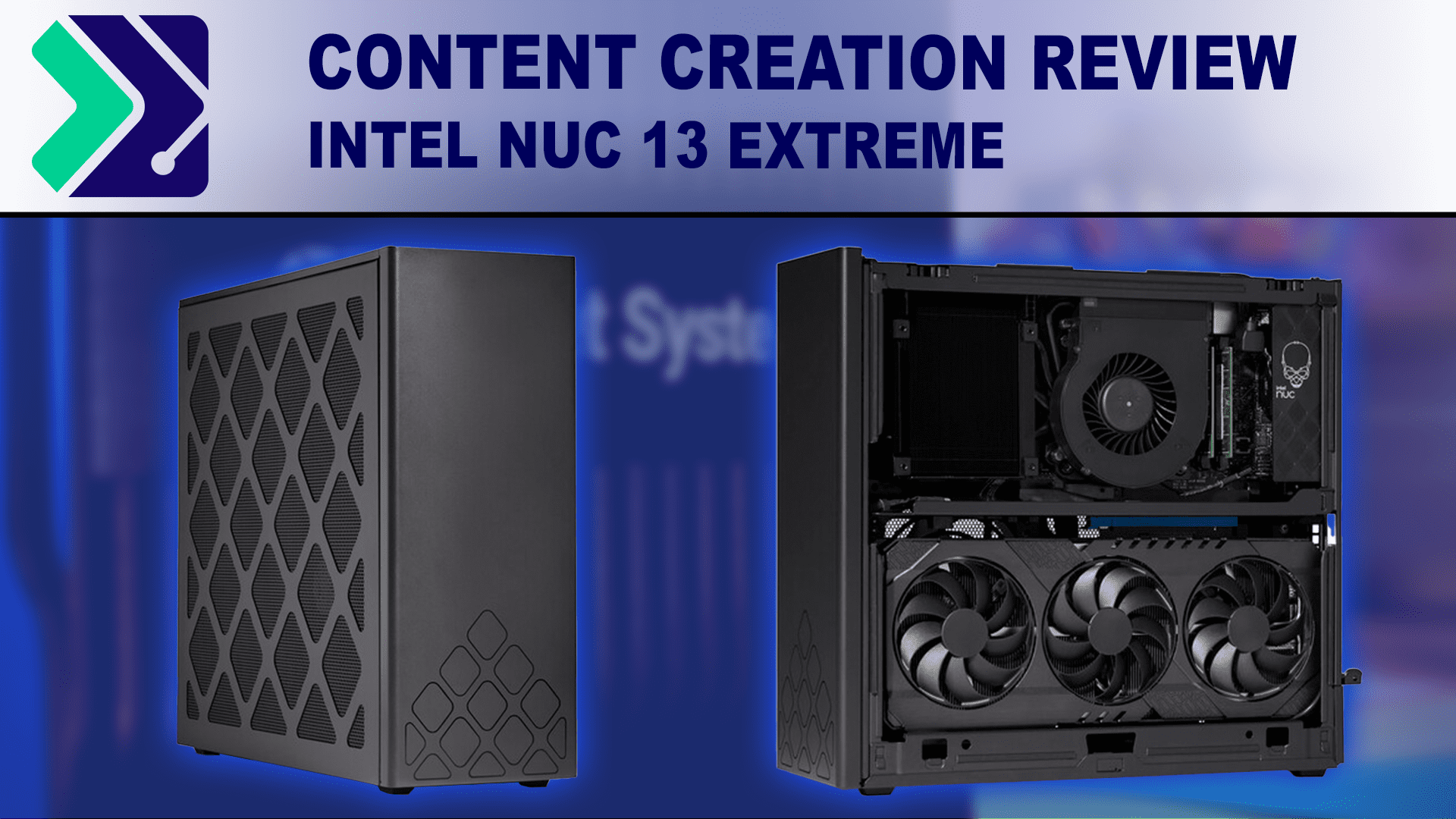
Intel’s 3 NUC 13 Extreme is a highly compact PC that is still capable of hosting high-end hardware like an NVIDIA GeForce RTX 4080, 64GB of RAM, and multiple M.2 NVMe storage drives. The question is, do you sacrifice any performance with thee ultra-compact NUC 13?
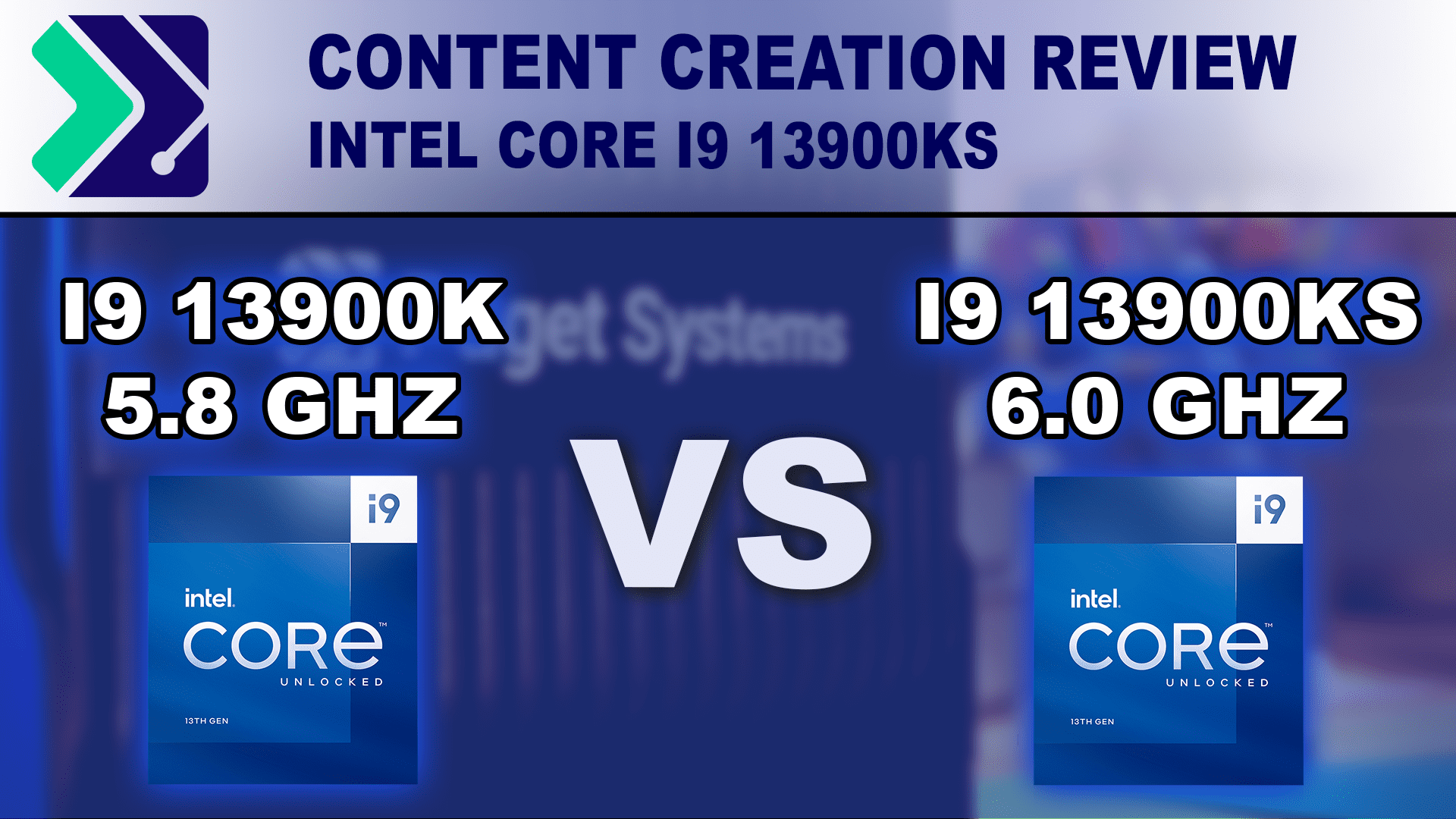
Following the success of the initial launch of their 13th Gen processors, Intel is now launching the Core i9 13900KS which is the first CPU to be capable of hitting 6 GHz at stock settings. But will this make any real difference for content creation?
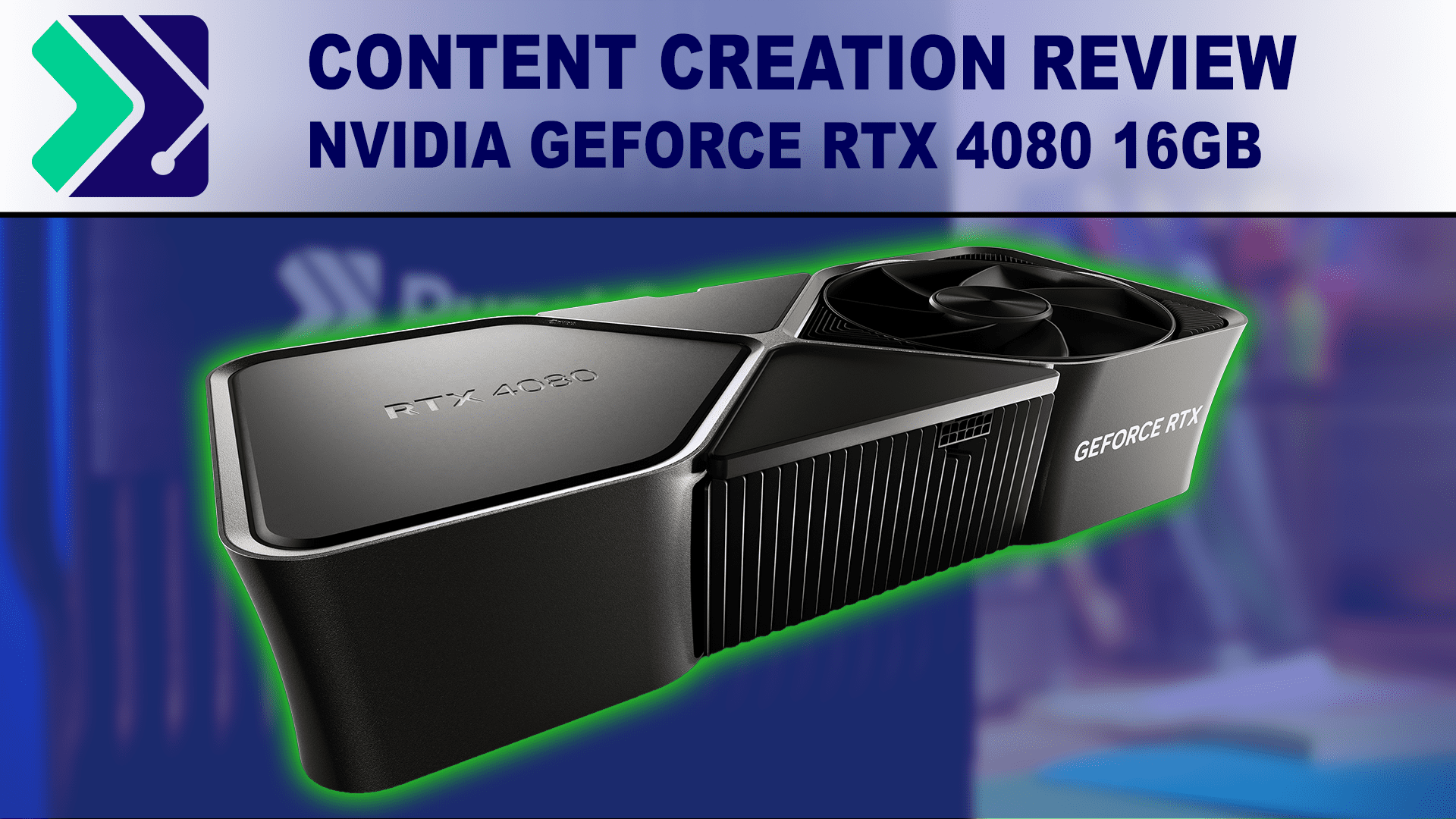
NVIDIA is continuing their new RTX 40 Series GPUs with the new RTX 4080 16GB. How does this new card perform in the real world, and is it worth considering in your next content creation workstation?